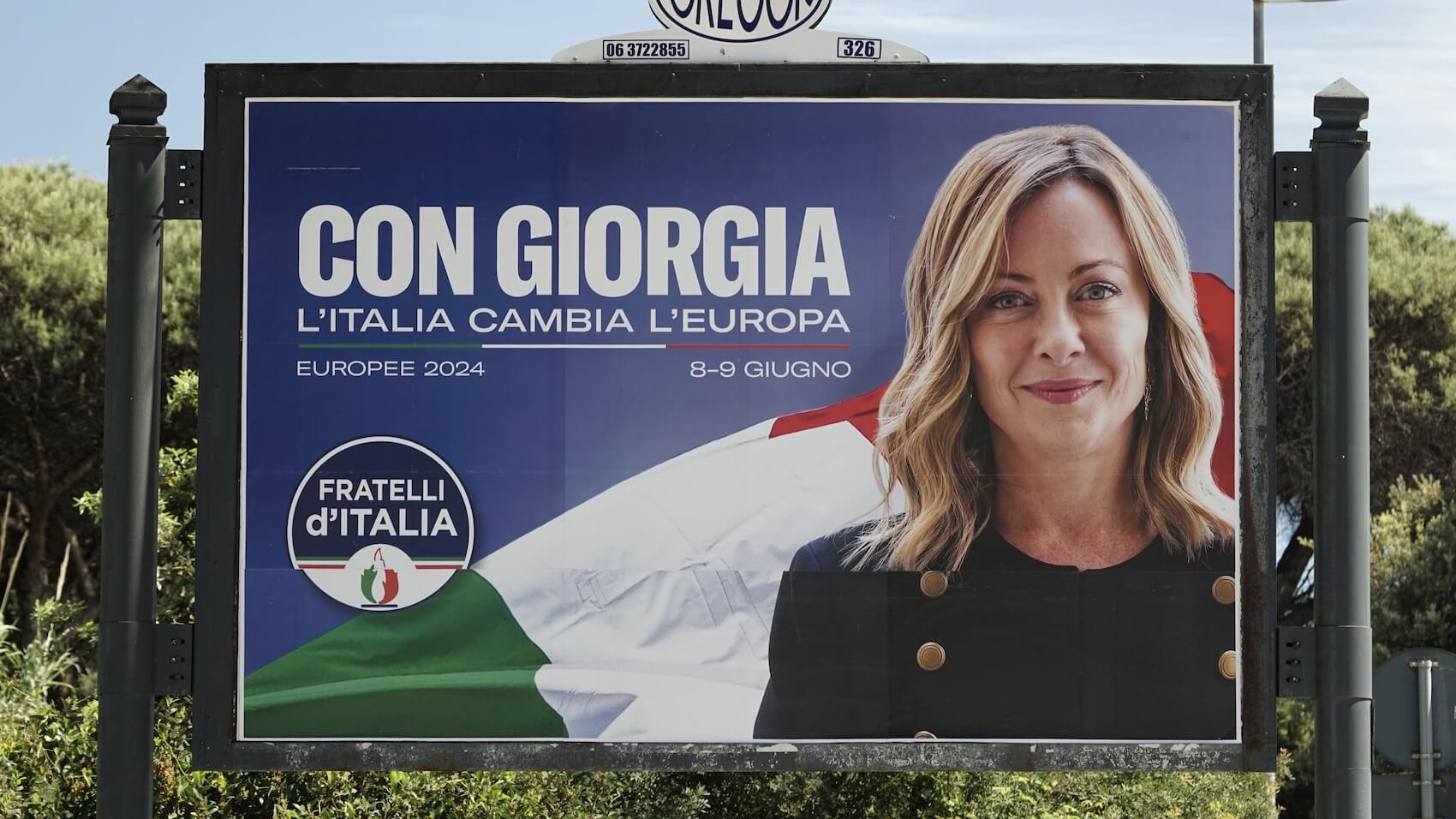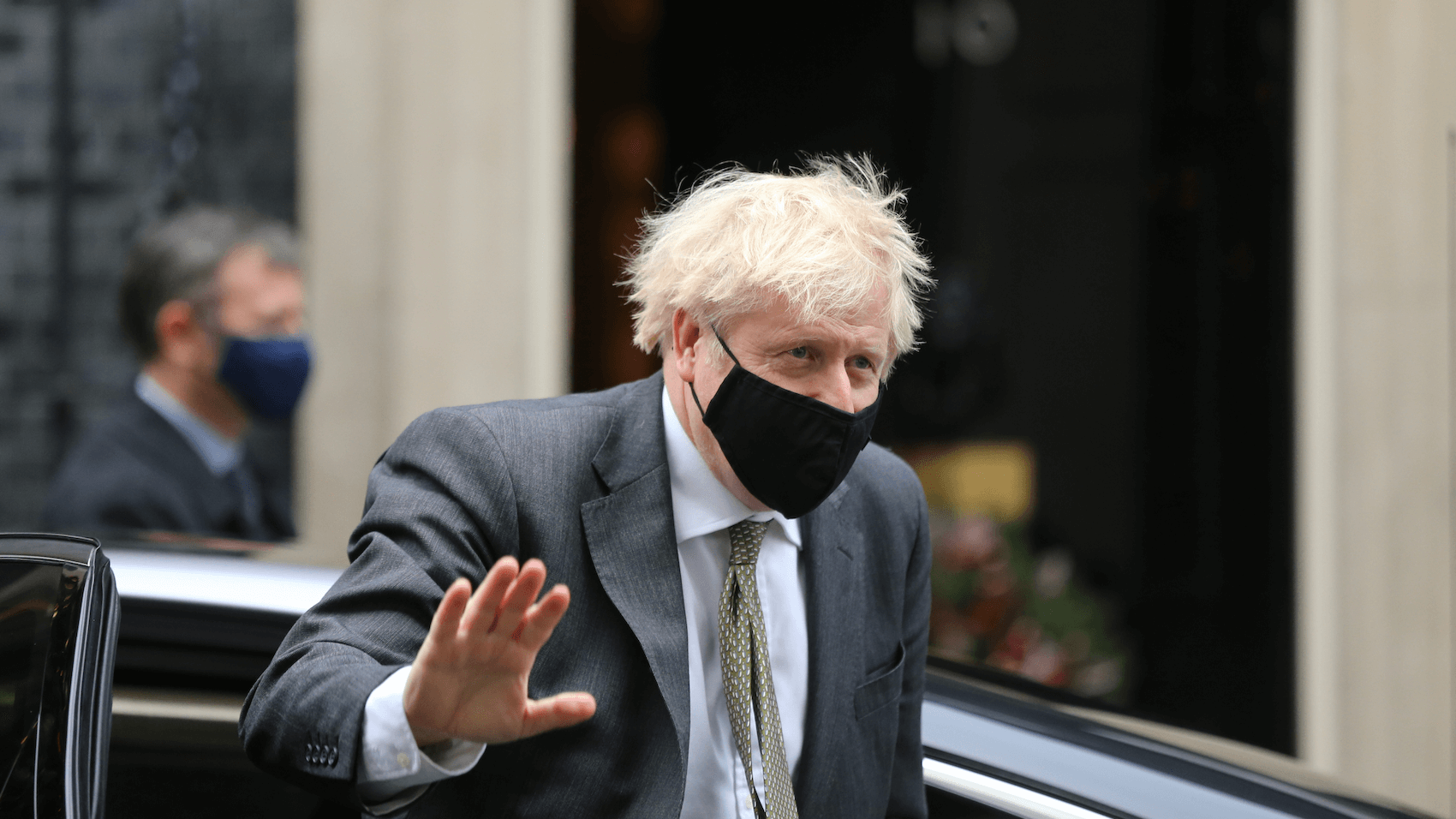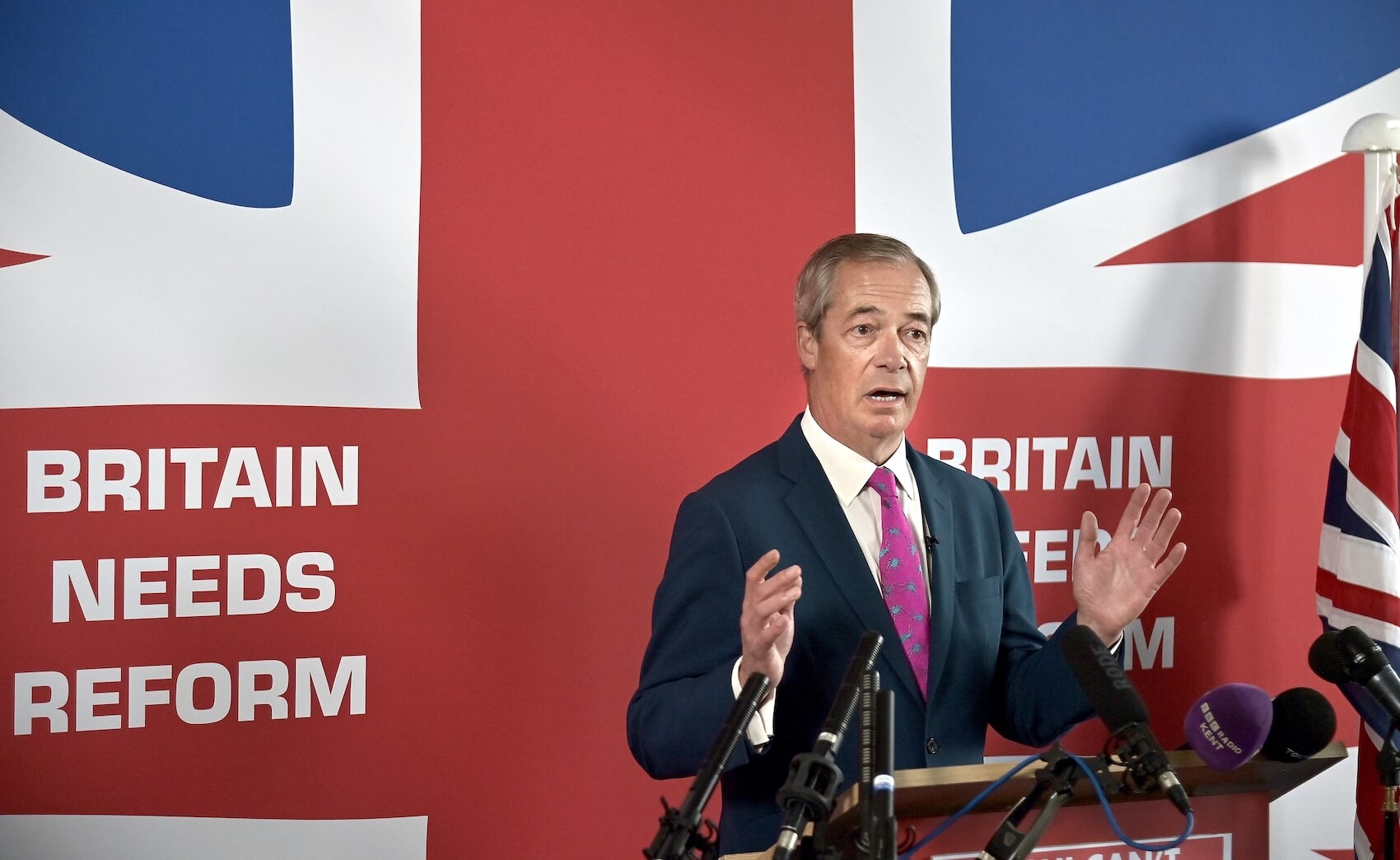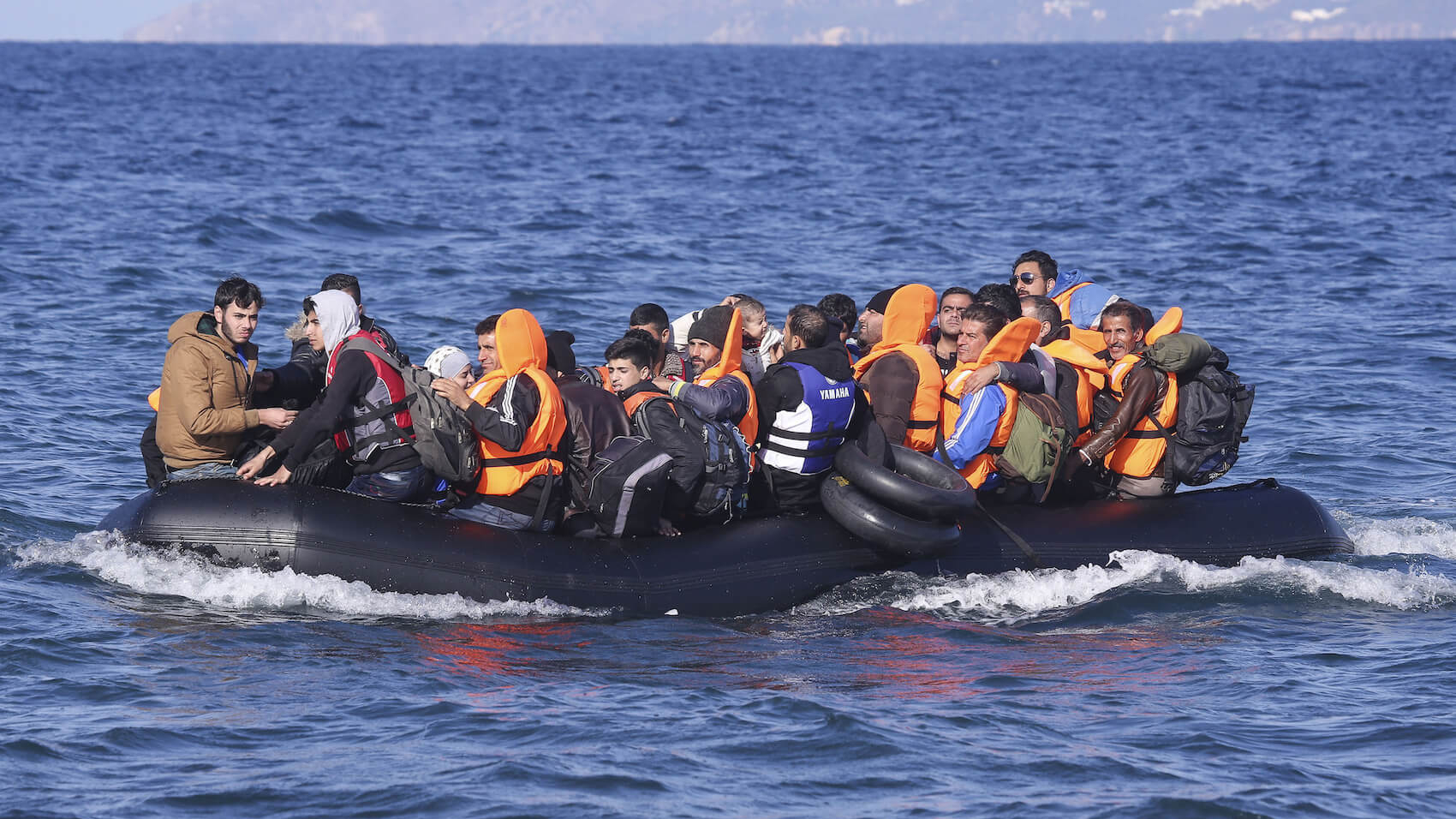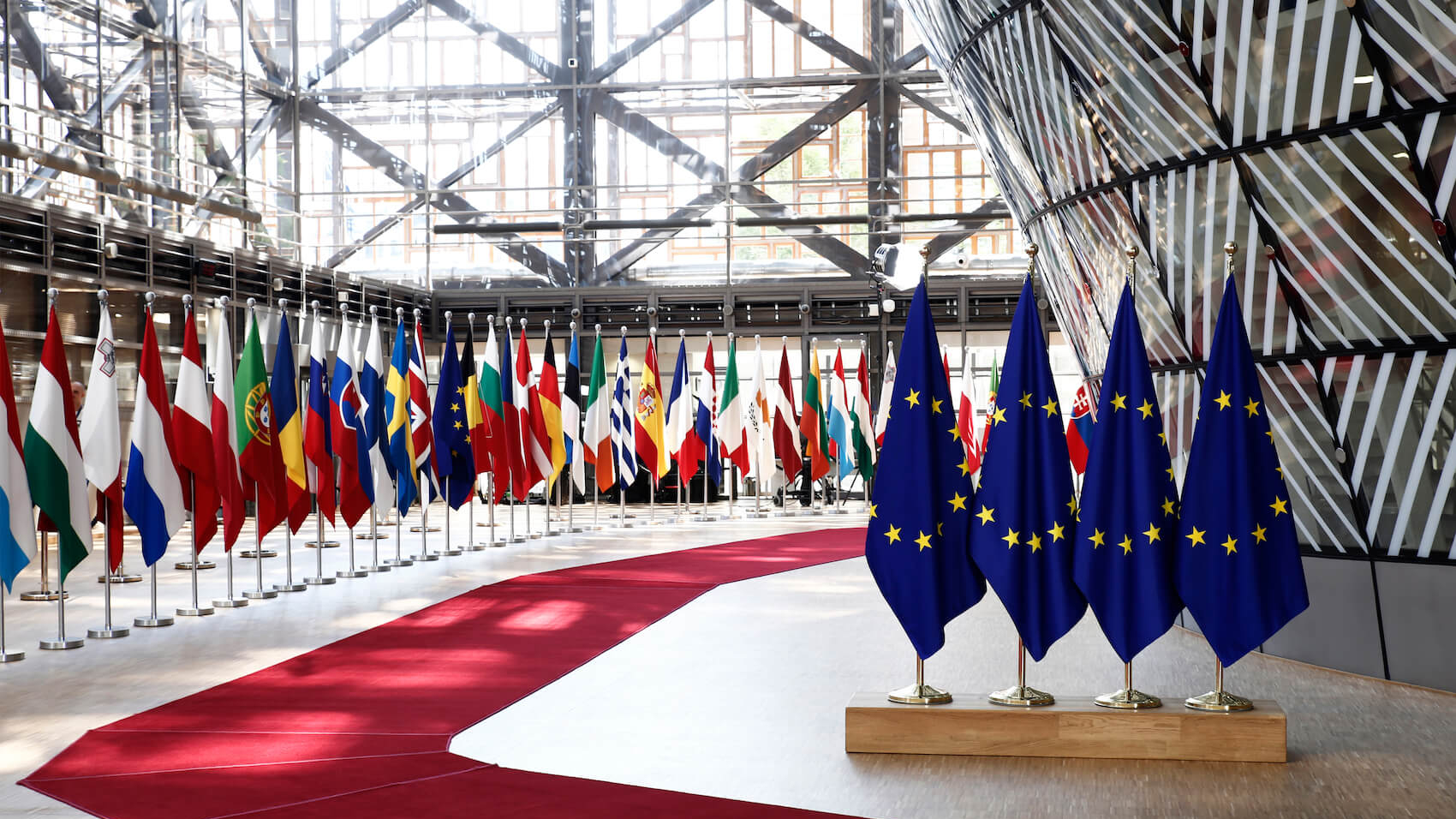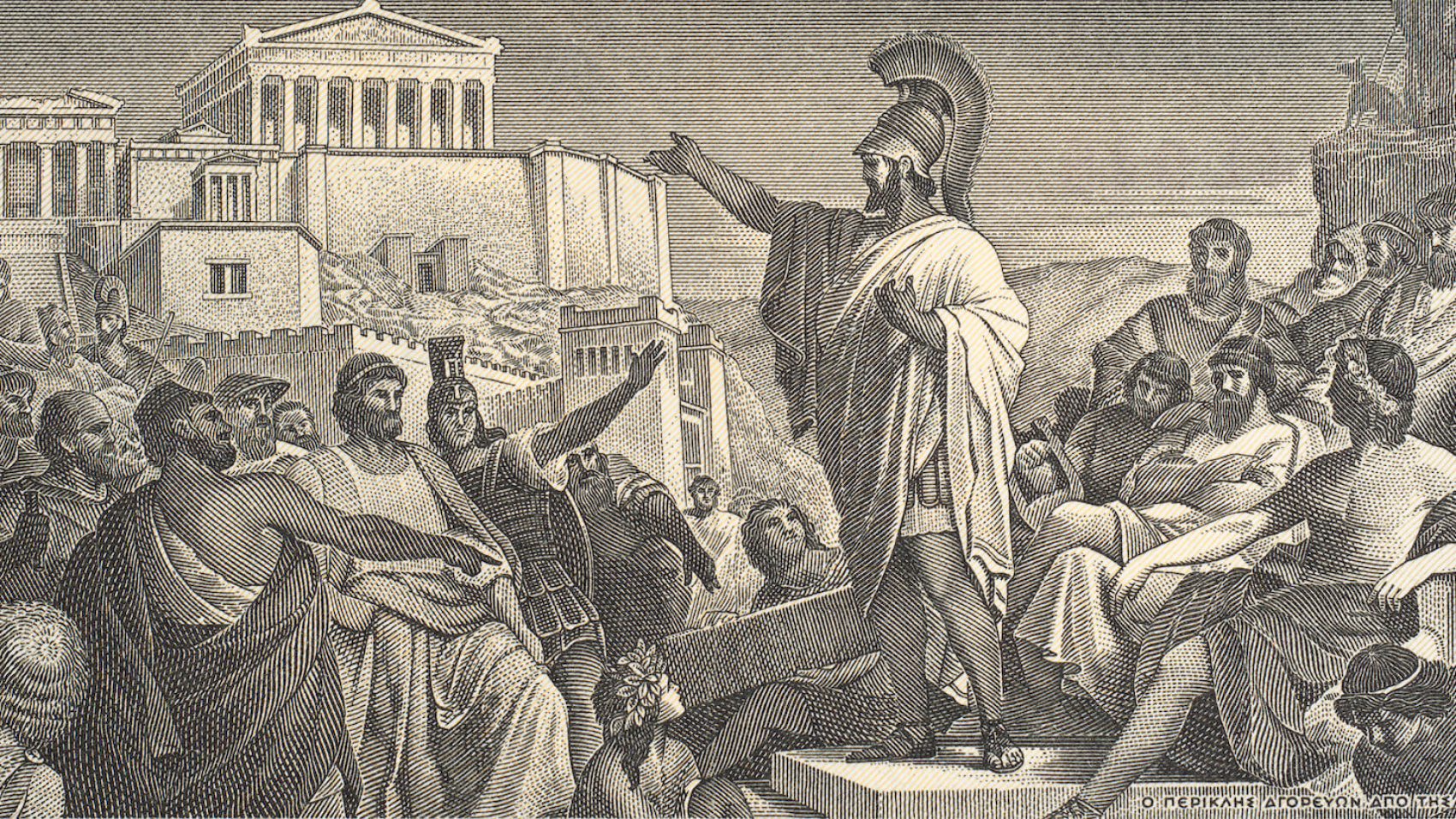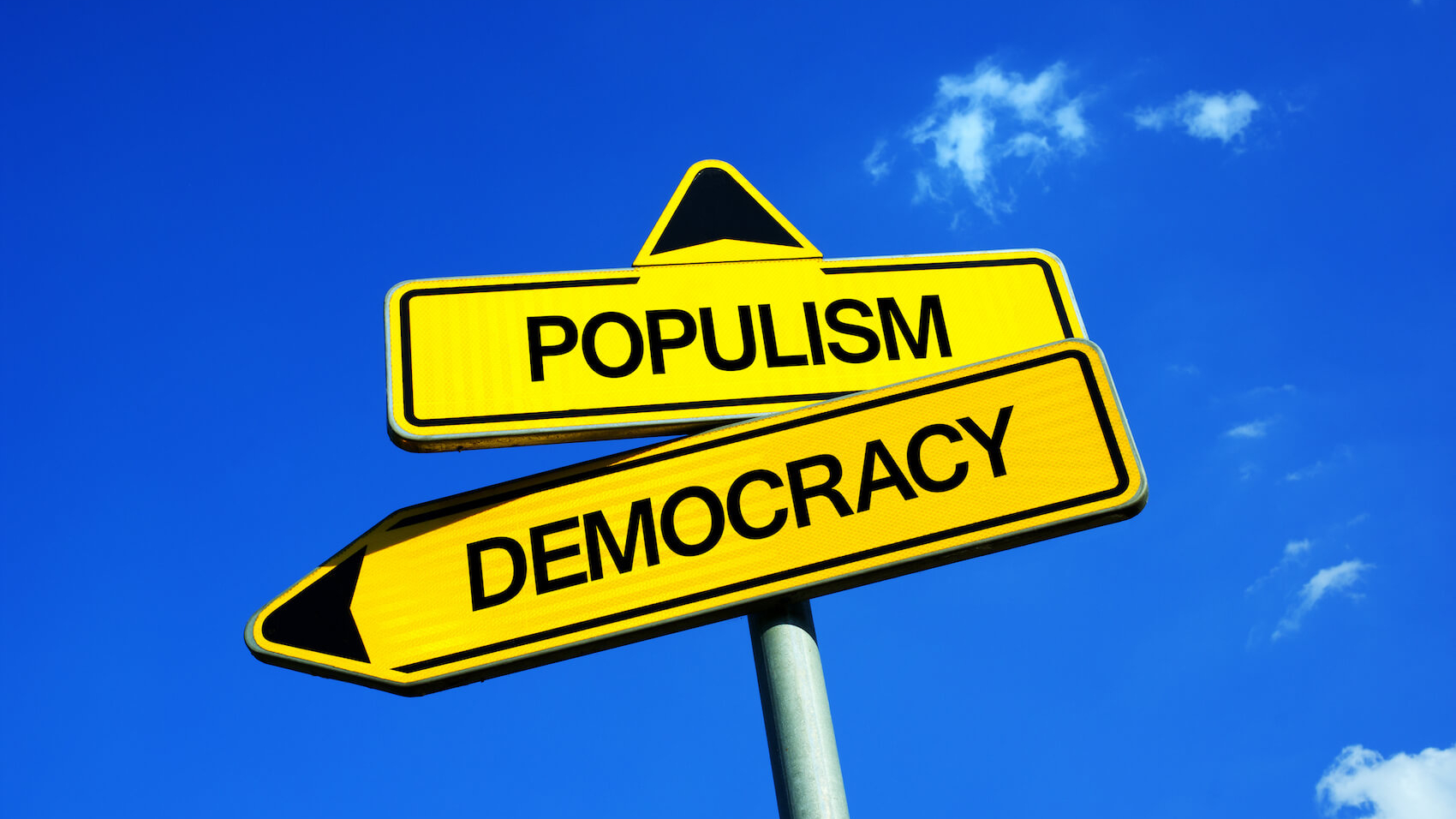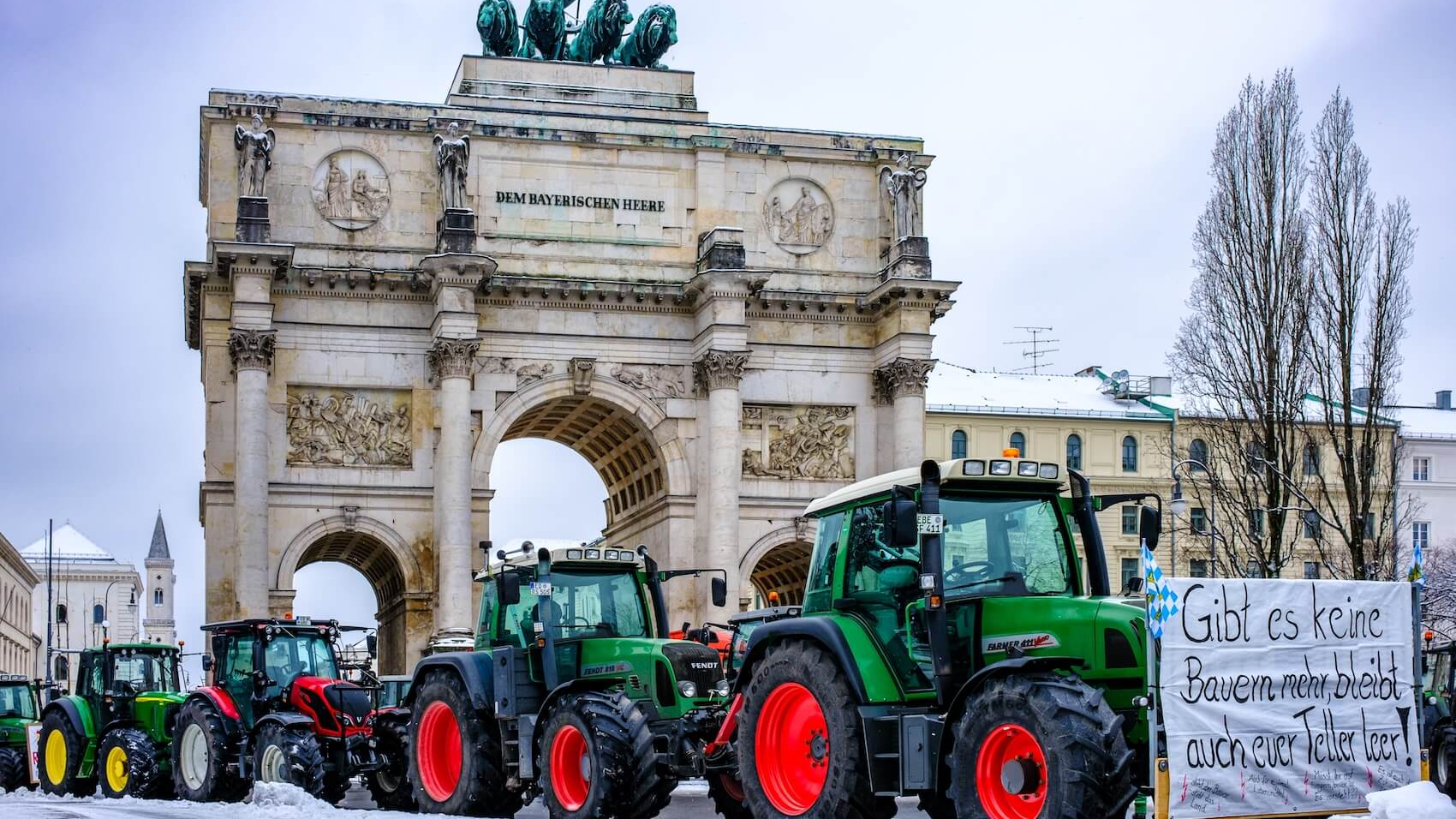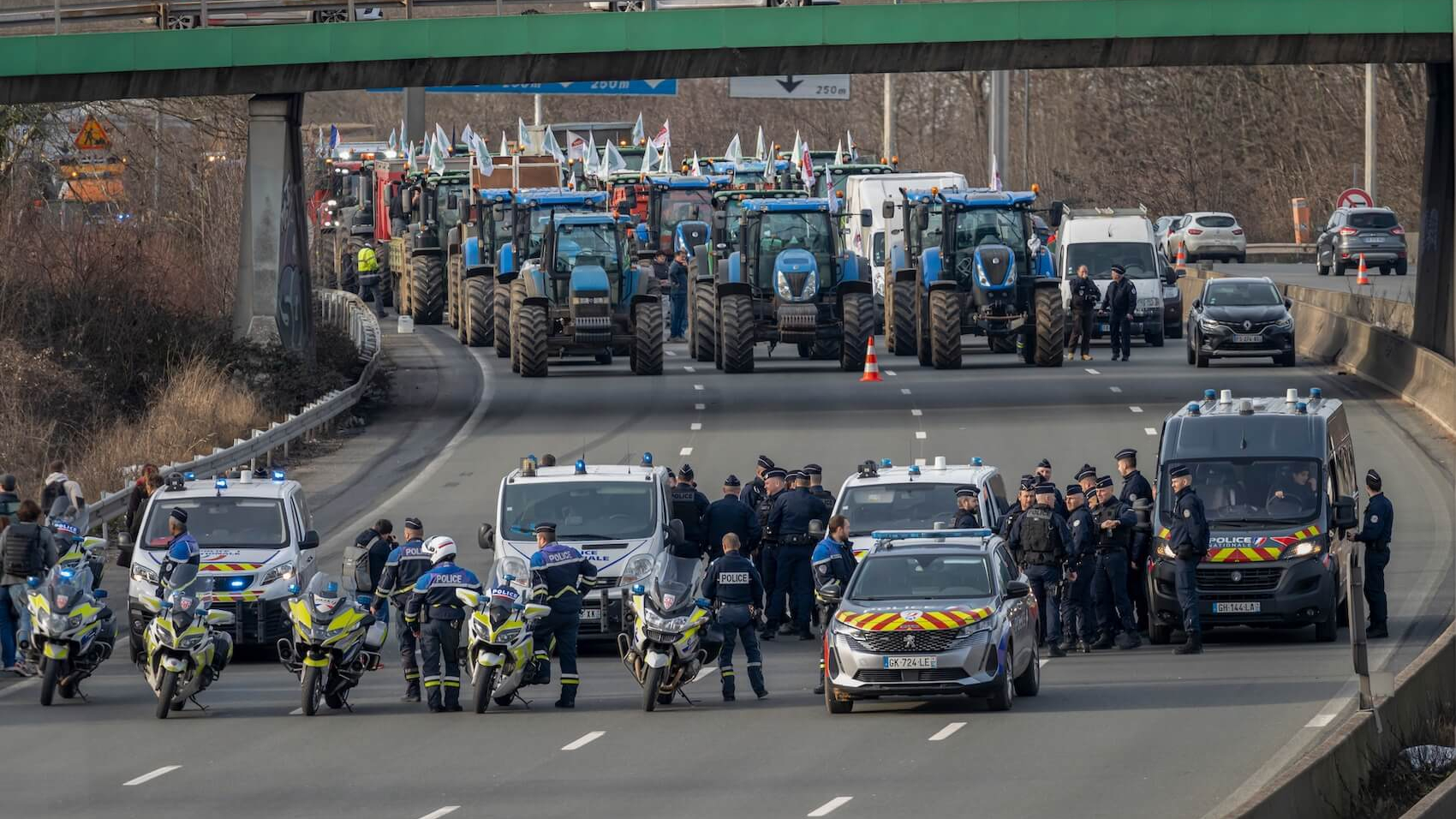Populist radical right parties (PRRPs) have been gaining votes in recent decades, votes that were once almost exclusively given to mainstream parties. At the same time, voter turnout has declined. Regardless of the analytical reasons, mainstream parties are losing ground and are not convincing as many people as they once did. While it’s easy to blame external factors like misinformation or divisive rhetoric, that’s not enough in a democratic system. Our system is straightforward: parties and politicians need to win votes. If people aren’t convinced, they will shift their support to other parties. Blaming factors beyond their control will only further harm liberal democratic mainstream parties.
By Maël Jones
The issue of radical right populism (RRP) has exploded onto the political science scene in the last two to three decades. Naturally, this was to be expected after the success of these parties in elections across western democracies. As a result, a flurry of different opinions on the causes of the success of RRP parties have emerged, some mutually inclusive others less so.
Much of the focus has been on the voter, the so-called demand-side. Here the big divide is generally between those who believe that RRP parties succeed because of economic reasons, while others believe the main driver to be cultural issues (Engler & Weisstanner, 2020; Bornschier, 2018: 213). Some other researchers have focused specifically on the supply-side: the parties (Mols & Jetten, 2020; Russo & Brock, 2024). In this case the focus is generally on the role of the radical right parties themselves (Mols & Jetten, 2020), or in rarer cases, the way in which other parties have interacted with RRPs (Russo & Brock, 2024). By focusing too much on the phenomenon of RRP itself, students of this discipline have forgotten much of what surrounds it. Because, while RRPs do influence voter decisions, voters do not only vote for RRPs they also vote against those parties that they, and the generations before them, trusted for decades – mainstream parties. To avoid lengthy definitions, we will consider mainstream parties as those broadly situated in the middle of the political spectrum and encompassing the country’s political establishment. In the EU, these parties are generally affiliated with the S&D, EPP, Renew, or the Greens.
Since the onset of the liberal democratic model, mainstream parties have been central actors of the system – parties played an important role in simplifying the political process, representing a large amount of people and pulling people into the political process (Stokes, 1999: 243-244). Of course, the system of parties is imperfect, but the division of the political system into segments of society that were more or less adequately represented by said parties made for a stable system (Lipset, 2000: 50-51). Generally, left-wing parties represented the poorer working class while richer, middle- and upper-class voters opted for right-wing parties. Some systems also had a divide along race lines or religious beliefs (Lipset & Rokkan, 1967; 2000: 50) Yet, in recent years, the decline of these parties has been apparent (Casal Bértoa & Rama, 2021: 37). At times, the green or liberal parties attracted voters away from the mainstream. Increasingly, though, as the latter have been integrated into the political establishment (Burchell, 2014), it has been the radical right that has taken over many of the votes previously held by mainstream parties. One of the main reasons for why this has happened, is due to political disaffection (Ziller & Schübel, 2015: 382; Söderlund & Kestilä‐Kekkonen, 2009: 174, Hooghe et al., 2011).
The first strong indicator of such disaffection emerged in the decades around the end of the cold war: declining rates of voter turnout (Hay, 2007; Mair, 2011). Today, this issue is still at the heart of many political debates despite slowing down and even showing some signs of improvement (IDEA, 2024). In its stead, in the last 20 or so years we have seen votes for the radical right populists increase drastically across the board (Ivaldi, 2024).
Political Disaffection
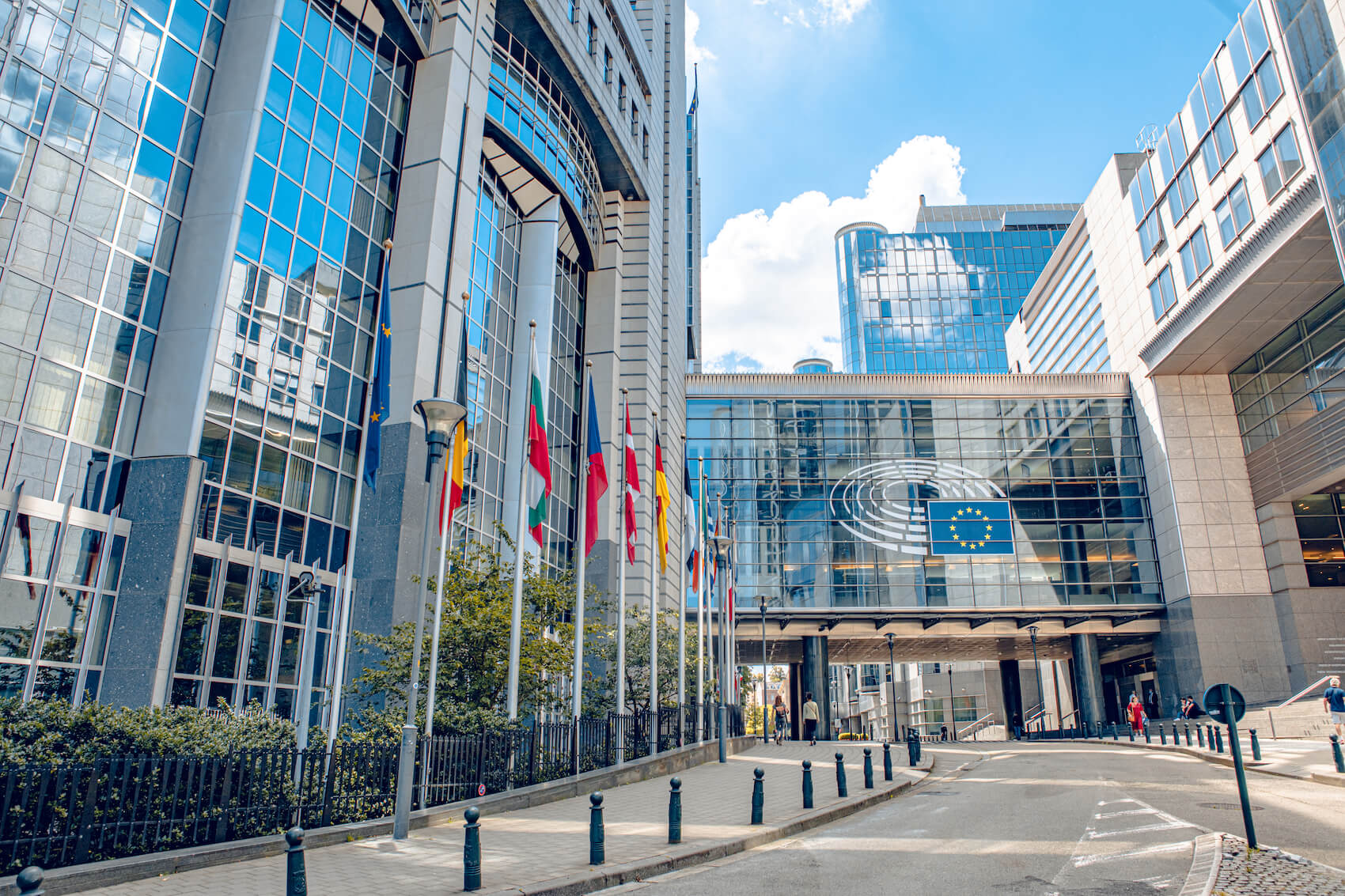
Let us first analyze what has driven political disaffection before turning to how voter turnout and the success of RRPs are linked.
There are multiple drivers for political disaffection. What is clear is that for people to feel implicated in a system and for that system to be of interest to them, they must feel like they have some power within it (Harder & Krosnick, 2008: 538). Thus, drivers of disaffection would cause people to doubt their importance within the political system and abandon it or look for ways to regain this power. Yet, increasingly, mainstream parties have taken steps to decrease the power of the people (Mair, 2011).
First, is the convergence of mainstream parties on policy issues. Some might be surprised by the claim that parties are “converging” when we are constantly being told that our democracies and societies are becoming increasingly polarized (Nguyen & Vu, 2019). But one must not automatically exclude the other. A convergence can exists on policy issues even when political rhetoric is as divided as ever. Additionally, the attention here is specifically on mainstream parties.
For decades, a body of literature has argued that the more political parties converge to the center, the better they will perform electorally (Spoon & Klüver, 2019: 1023). The theory holds merit and cannot entirely be dismissed. Yet, while maximizing their votes in order to win over the ‘median voter,’ mainstream parties have failed to represent those with more radical values. This creates a more volatile political arena that is more inclined to turn to the extremes (Bartolini & Mair, 1990: 1).
As some have remarked, Germany might be the best example for this in Western Europe. For decades now, the CDU and the SPD have moved towards the center (Berman & Kundani, 2021: 23). The former – a family and Christian-oriented party – increasingly moved left on social issues, while the latter – a left-wing workers’ party – increasingly moved to the right on certain economic issues. Both forming a ‘Grand Coalition’ and working together across most of the beginning of the 21st Century (Berman & Kundani, 2021).
But even France, an oftentimes divided society with historically strong labor movements, experienced a neoliberal transformation that transcended party politics. As some of the biggest neoliberal decisions were taken by socialist Presidents François Mitterand and François Hollande (Masquelier, 2021; Pinçon & Pinçon Charlot, 2014). Other countries have seen similar trends within their borders as well. Tony Blair’s Labor Party and Bill Clinton’s democrats both became important drivers of neo-liberalization in their respective countries, with little protest from opposition parties on that particular matter (Rieger, 2021: 113; Meerpool, 2019).
Today, as Mair (2011: 72) notes, the question between state-controlled and market-controlled economies has been answered: the winners are market-controlled economies. The left-right divide on this issue has thus eroded and the current positions present a far less clear distinction. Therefore, mainstream parties attempt to find distinctions somewhere else: they insist on personalities, character traits and rhetorical differences. But these significantly impoverish the possible policy changes once in power and thus deprives electors of a feeling of potential change (Hay, 2007: 56-58).
In parallel to party convergence, a similar but distinct phenomenon has also been changing Western European societies: the depoliticization of many issues and the rise of the regulatory state. The effect of this is that many decisions which once lay with elected politicians – and thus by extension with the people – have been removed from the political sphere and into the bureaucratic and/or the market-controlled sphere.
For example, a case of this is Central Bank independence. Central Banks originally emerged in very different circumstances depending on the countries and their history – some were private, others independent, and some were dependent on the national treasury (Wachtel & Blejer, 2020). But today, the idea that these institutions must be independent has been dominant for decades and remains almost entirely unchallenged. This idea was first formulated in 1962 by Milton Friedman (Wachtel & Blejer, 2020), an economist dubbed by Krugman (2007) as an “ideologue [and] the great popularizer of the free-market doctrine.” He was incidentally the man who went on to advise Raegan and Thatcher for their economic policies. While he remains one of the most influential and knowledgeable economists ever to live, he can hardly be described as neutral or apolitical. Yet, his long-term fight to make Central Banks independent has today been made to seem exactly that: neutral and apolitical. In turn, this has justified the depoliticization of central banks and its removal from public decision-making.
In the UK, the Bank of England was one of the last Central Banks to remain under the responsibility of the treasury, but in 1998, under Tony Blair’s Labor government, this changed, and the Bank was granted independence to set interest rates (Burnham, 2001). In a more global study encompassing 155 countries, Romelli (2024: 3), found that out of 370 reforms to central bank designs between 1923 and 2023, over 75 percent of them increased the bank’s independence. In the European Union (EU), the Maastricht treaty required EU countries to have an independent Central Bank. This was in addition, of course, to the European Central Bank (ECB) which is also independent and covers all 27 EU countries (Bruni, 1997).
The EU has not only pushed the depoliticization of central banks, but it has also brought about many depoliticizing policies within its member states. In the early 1990s, the European Commission began heavily banking on regulation and became a powerful actor in restraining an increasingly privatized market; thus began the regulatory state in Europe (Majone, 1994).
Regulation became a way for a Commission with a low budget to increase its decision-making powers without changing the rules of the game. At the beginning, this did not really pose too many problems. The Commission played a role which, in other democracies, was often taken on by independent agencies and this role was limited in scope (Majone, 1994). But with years passing, the Commission became more powerful, and the roles it took on, outgrew those that made it possible to overlook the institution’s undemocratic nature (Majone, 2014: 1217). Because after regulation came financial control. Of course, member states signed up to this. For example, they agreed to adhere to the so-called ‘Fiscal Stability Treaty’ in 2012 which significantly restrained individual state’s fiscal policies. States must for example avoid excessive public debt and must also submit their budget plans to the Council in order for them to be scrutinized (and possibly asked to be altered). This constrained governments’ actions and put more power into the hands of those with little to no accountability (Majone, 2014: 1220).
While it may seem that the blame is being shifted onto the EU and away from mainstream parties, this is not entirely accurate for two main reasons. First, as Mair (2011: 127) rightly argues, the EU did not grow organically, instead it was built by its architects. These architects were primarily the foreign ministers and leaders of European countries and thus members of the political establishment. Second, critique of the EU has been very constrained, especially in Western Europe. When governments disagree with EU policies, they blame Brussels without calling for real change. When they are happy with these policies, they take credit for them. The only real critics of the EU have been populist parties from both the left and the right (Grzymala-Busse, 2019: 43). Thus, anyone who does not entirely agree with the European project or with the direction it has taken, has to either accept it or vote for populists.
Some other factors can also be named which originate from the political establishment and foster disaffection. Some examples of this are globalization which has deeply affected western societies but has been regarded by the political establishment as the only way forward (even though, in recent years, this enthusiasm has been curtailed slightly); as well as the metamorphosis of mainstream parties, going from ones representing specific groups and interests to catch-all parties with a hugely eroded identity (Mair, 2011: 79-85).
Consequences of Political Disaffection

Having established the factors of political disaffection, we can move our focus to attempting to understand its consequences.
As mentioned earlier, lower voter turnout has been one of the main symptoms of political disaffection in the last few decades. The direct impact of the latter onto the former is of course hard to assess analytically because it contrasts a subjective state (disaffection) with a phenomenon that is directly and objectively quantifiable (turnout).
Whether the existence of a link between low turnout and political disaffection needs to be “proven” is debatable. One could argue that the theoretical framework of representative democracy is sufficient to establish this connection. After all, the election of politicians to represent us is fundamental to the functioning of our system. This does not mean that those who do not vote are necessarily apolitical, indeed, many other ways to express one’s opinions exist. Yet, within the formal system, voting is the only universal way of making one’s opinions heard. Choosing not to vote – whether out of apathy or out of protest – can thus be seen as a symptom of disaffection from the present political system.
Based on this though, a vote for radical right populists must not necessarily be a sign of disaffection. And this is true, it is not per se a vote of disaffection, many other reasons exist to vote for RRPs, from authoritarian tendencies to a simple agreement with the party’s policies (Tillman, 2015). But what is of interest to us is specifically the rise of RRPs and why people today are far more likely to vote for such parties than they were 40 years ago. Here, it seems extremely likely that the disaffected have played an important role.
Not all scholars agree on the idea that those who are more dissatisfied will vote for RRPs. This is in large parts because those academics seem to associate disaffection with the idea of ‘protest votes,’ the latter of which is seen as an extension of ‘non-ideological votes’ (Arzheimer, 2008; Van der Brug et al. 2000). Yet, a protest vote must not necessarily be non-ideological. Voters can feel dissatisfaction with a political system because the parties that once represented them do not align with them anymore and thus their ideology is not represented anymore. In this case, an ideological vote simultaneously becomes a protest vote.
In addition, in the likely case that parties do truly influence political opinion (Slothuus & Bisgaard, 2021), voters who might once have felt only some affinities to RRPs are likely to have developed a stronger ideological overlap over time – Thus distorting studies based on ideological overlap.
It thus seems obvious that when defined right and seen from a broader angle, disaffection from the political system and distrust of its main actors is a central driver of this political movement. People are more likely to vote for the radical right when politicians lose their trust and in turn radical right voters trust mainstream politicians less (Ziller & Schübel, 2015: 382; Söderlund & Kestilä‐Kekkonen, 2009: 174). We know from Germany for example that “turnout surges benefit the populist right ‘Alternative für Deutschland’ (AfD) in contexts of widespread political distrust” (Schulte-Cloos & Leiniger, 2022: 431) meaning that those who did not go out to vote in past elections and were dissatisfied with the system voted in large parts for the AfD. Additional research such as Hooghe et al.’s work (2011: 265) in Belgium also showed how those who are dissatisfied or distrustful are more likely either not to vote or to vote for populist radical right parties.
More simply though, radical right parties have been winning over votes in recent decades, votes that once were almost exclusively given to mainstream parties. Additionally, turnout has dwindled. Whatever the analytical reason, mainstream parties are losing ground and are not winning over or convincing as many people as they once were. One can always blame external factors such as misinformation or divisive rhetoric for this but that is not sufficient in our democratic system. Our system is simple, it requires parties and politicians to win votes. People thus need to be won over and convinced, if they are not, they will defect to other parties. Blaming elements out of their control will only make matters worse for liberal democratic mainstream parties.
Conclusion
Having established a link between mainstream parties and disaffection with the political system in a first instance, and then between disaffection and radical right votes in a second; one can see a clear link between the mainstream’s failures and the success of RRPs. This link is important to make for a number of reasons. Firstly, simply because it has been overlooked by researchers. Secondly because it shifts a part of the responsibility from the voters onto the political establishment. This matters because the often-used argument that those who vote for RRPs are simply ill-informed or racist is analytically and politically rather unhelpful and oftentimes overlooks important components of the RRP vote. Lastly, establishing this link gives mainstream parties the tools to recenter their fight against the radical right. Many have attempted to fight this fight, but a misunderstanding of the causes seems to have led most of these efforts to failure. To truly fight RRPs, mainstream parties must know their voters, aim to truly represent them, and ensure that their policies – rather than their rhetoric – truly stand out and distance themselves from their political opponents and rivals.
References
— (2024). “Voter Turnout Database.” International IDEA. www.idea.int website: https://www.idea.int/data-tools/data/voter-turnout-database (accessed on August 31, 2024).
Bartolini, S. & Mair, P. (1990). “Policy competition, spatial distance and electoral instability.” West European Politics. 13(4), 1–16. https://doi.org/10.1080/01402389008424816
Berman, S., & Kundnani, H. (2021). “The Cost of Convergence.” Journal of Democracy. 32(1), 22–36. https://doi.org/10.1353/jod.2021.0013
Bornschier, S. (2018). Globalization, cleavages, and the radical right. The Oxford handbook of the radical right, 212-238.
Bruni, F. (1997). Central bank independence in the European Union. In Towards More Effective Monetary Policy (pp. 341-386). London: Palgrave Macmillan UK.
Burchell, J. (2014). The evolution of green politics: development and change within European Green Parties. Routledge.
Burnham, P. (2001). New Labour and the politics of depoliticisation. In The British Journal of Politics & International Relations, 3(2), pp.127-149.
Casal Bértoa, F., & Rama, J. (2021). “The Antiestablishment Challenge.” Journal of Democracy. 32(1), 37–51. https://doi.org/10.1353/jod.2021.0014
Engler, S. & Weisstanner, D. (2020). Income inequality, status decline and support for the radical right. Springer. https://doi.org/10.5167/uzh-194698
Grzymala-Busse, A. (2019). “The Failure of Europe’s Mainstream Parties.” Journal of Democracy, 30(4), 35–47. https://doi.org/10.1353/jod.2019.0067
Harder, J. & Krosnick, J. A. (2008). “Why Do People Vote? A Psychological Analysis of the Causes of Voter Turnout.” Journal of Social Issues, 64(3), 525–549. https://doi.org/10.1111/j.1540-4560.2008.00576.x
Hooghe, M.; Marien, S.; & Pauwels, T. (2011). “Where Do Distrusting Voters Turn if There is No Viable Exit or Voice Option? The Impact of Political Trust on Electoral Behaviour in the Belgian Regional Elections of June 2009.” Government and Opposition (London). 46(2), 245–273. https://doi.org/10.1111/j.1477-7053.2010.01338.x
Ivaldi, G. (2024). “EU elections: far-right parties surge, but less than had been expected.” The Conversation. June 10, 2024. https://theconversation.com/eu-elections-far-right-parties-surge-but-less-than-had-been-expected-232018 (accessed on August 30, 2024).
Arzheimer, Kai. (2008). “Protest, Neo-Liberalism or Anti-Immigrant Sentiment: What Motivates the Voters of the Extreme Right in Western Europe?” Zeitschrift Für Vergleichende Politikwissenschaft. 2(2), 173–197. https://doi.org/10.1007/s12286-008-0011-4
Krugman, P. (2007). “Who Was Milton Friedman?” New York Review of Books. February 15, 2007. 54(2), 27. https://www.nybooks.com/articles/2007/02/15/who-was-milton-friedman/ (accessed on September 13, 2024).
Lipset, S. M. (2000). “The Indispensability of Political Parties.” Journal of Democracy. 11(1), 48–55. https://doi.org/10.1353/jod.2000.0016
Lipset, S. M. & Rokkan, S. (1967). Cleavage Structures, Party Systems and Voter Alignments. New York: Free Press.
Mair, P. (2013). Ruling the Void: The Hollowing-Out of Western Democracy. London: Verso Books.
Masquelier, C. (2021). “Theorising French neoliberalism: The technocratic elite, decentralised collective bargaining and France’s ‘passive neoliberal revolution.” European Journal of Social Theory. 24(1), 65–85. https://doi.org/10.1177/1368431020915855
Meeropol, M. (2017). Surrender: How the Clinton administration completed the Reagan revolution. University of Michigan Press.
Mols, F. & Jetten, J. (2020). “Understanding Support for Populist Radical Right Parties: Toward a Model That Captures Both Demand-and Supply-Side Factors.” Frontiers in Communication. 5. https://doi.org/10.3389/fcomm.2020.557561
Pinçon, M., & Pinçon-Charlot, M. (2014). La violence des riches: chronique d’une immense casse sociale. La découverte.
Rieger, Bernhard. (2021). “British varieties of neoliberalism: unemployment policy from Thatcher to Blair.” In: The Neoliberal Age? (pp. 112-). UCL Press. https://doi.org/10.2307/j.ctv1smjwgq.13
Romelli, D. (2024). Trends in central bank independence: a de-jure perspective. BAFFI CAREFIN Centre Research Paper, (217).
Russo, L., & Schulze Brock, P. (2024). “Mainstream partisans’ affective response to (non) cooperation with populist radical right parties.” West European Politics. 1–39. https://doi.org/10.1080/01402382.2024.2336436
Schulte-Cloos, J. & Leininger, A. (2022). “Electoral participation, political disaffection, and the rise of the populist radical right.” Party Politics. 28(3), 431–443. https://doi.org/10.1177/1354068820985186
Slothuus, R. & Bisgaard, M. (2021). “How Political Parties Shape Public Opinion in the Real World.” American Journal of Political Science. 65(4), 896–911. https://doi.org/10.1111/ajps.12550
Söderlund, P. & Kestilä-Kekkonen, E. (2009). “Dark Side of Party Identification? An Empirical Study of Political Trust among Radical Right-Wing Voters.” Journal of Elections, Public Opinion and Parties. 19(2), 159–181. https://doi.org/10.1080/17457280902799014
Spoon, J.J. and Klüver, H. (2019). “Party convergence and vote switching: Explaining mainstream party decline across Europe.” European Journal of Political Research. 58(4), 1021–1042. https://doi.org/10.1111/1475-6765.12331
Stokes, S. C. (1999). “Political parties and democracy.” Annual Review of Political Science, 2(1), 243–267. https://doi.org/10.1146/annurev.polisci.2.1.243
Tillman, E. (2021). “Authoritarianism and support for populist radical right parties.” In: Authoritarianism and the Evolution of West European Electoral Politics (pp. 115–144). Oxford: Oxford University Press.
Van der Brug, W., Fennema, M., & Tillie, J. (2000). “Anti-immigrant Parties in Europe: Ideological or Protest Vote?” European Journal of Political Research. 37(1), 77–102. https://doi.org/10.1111/1475-6765.00505
Wachtel, P. & Blejer, M. I. (2020). “A Fresh Look at Central Bank Independence.” The Cato Journal, 40(1), 105–132. https://doi.org/10.36009/Cj.40.1.7
Ziller, C. & Schübel, T. (2015). “‘The Pure People’ versus ‘the Corrupt Elite’? Political Corruption, Political Trust and the Success of Radical Right Parties in Europe.” Journal of Elections, Public Opinion and Parties. 25(3), 368–386. https://doi.org/10.1080/17457289.2014.1002792

